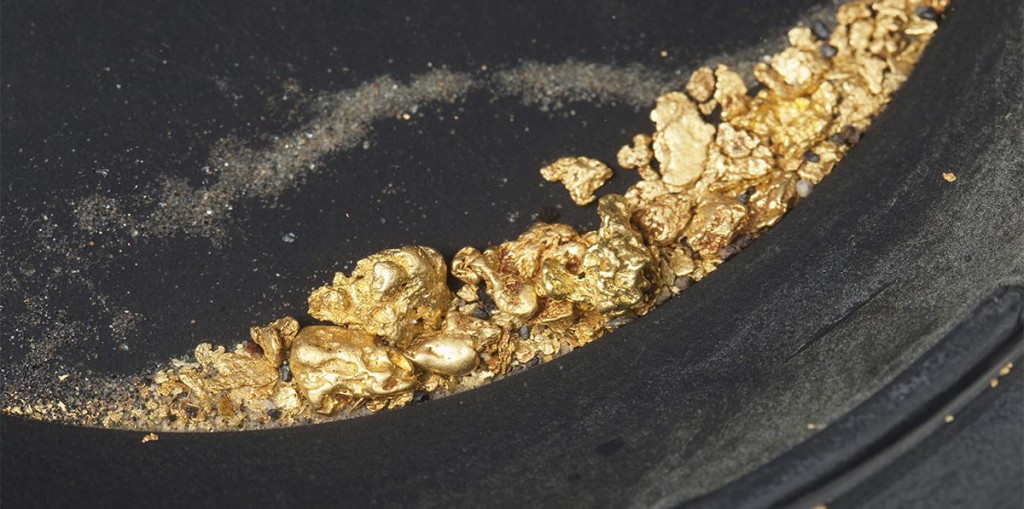
Prehistory
Gold has played an important role in human culture since time immemorial. It is believed that gold was first mined in the Copper Age, and it is one of the first metals to be extracted and fashioned into artifacts. This is due in part to its properties – gold is a metal that is easily worked even with the simplest of tools, and it is non-corrosive. In addition, its luster, rarity and weight made it very desirable, and in many cultures, it was used for ritual objects. Some of the very oldest gold artifacts are funerary objects dating from between 4600 and 4300 B.C.E and found in the prehistoric burial ground of Varna in Bulgaria. Other examples are the 7,000 gold artifacts dating back to the 4th millennium B.C.E. and discovered in graves of the Eastern European Maykop culture. Two discs of gold found in the Stollhof Hoard in Lower Austria are among the oldest known gold artifacts and also date back to the 4th millennium B.C.E., which is when gold began to be imported from Southeastern Europe in the form of jewelry.
Modern Era
The lust for gold was one of the reasons that led the mighty European maritime nations of Portugal, Spain, England and Italy to campaign and conquer. Following the discovery of the Americas in 1492, rumors of the fabulous wealth of Central and South America proved irresistible to Europeans and, in particular, to Spanish conquistadores, who fought for supremacy on the shores of the New World and sent galleons loaded with gold back to Europe. While the native peoples were being eradicated by the conquerors or by the diseases introduced by the Europeans, for a long time, Spain was Europe’s richest nation.
Stories of instant wealth continued to lure countless scores of adventurers hoping to strike it rich. In the 19th century, the term “gold rush” was coined, denoting the massive influx of gold diggers to various parts of the different continents where gold was discovered. Two of the most famous examples are the California gold rush of 1849 and the Klondike Gold Rush in Alaska. Australia (Bathurst, Temora, Teetulpa and Coolgardie) and South Africa (the Witwatersrand) each experienced their own gold rushes as well.
Even today, the fluctuating price of gold can lead to significant social change: In South Africa, for instance, a drop in the price of gold led to a sharp increase in poverty in the portion of the population dependent on gold production. Similarly, in the Amazon Basin of Brazil, informal gold mining by garimpeiros has often had serious social and ecological consequences.




Trevor Hamon
/ 24.March.2015 / 9 years agoEnglish Please